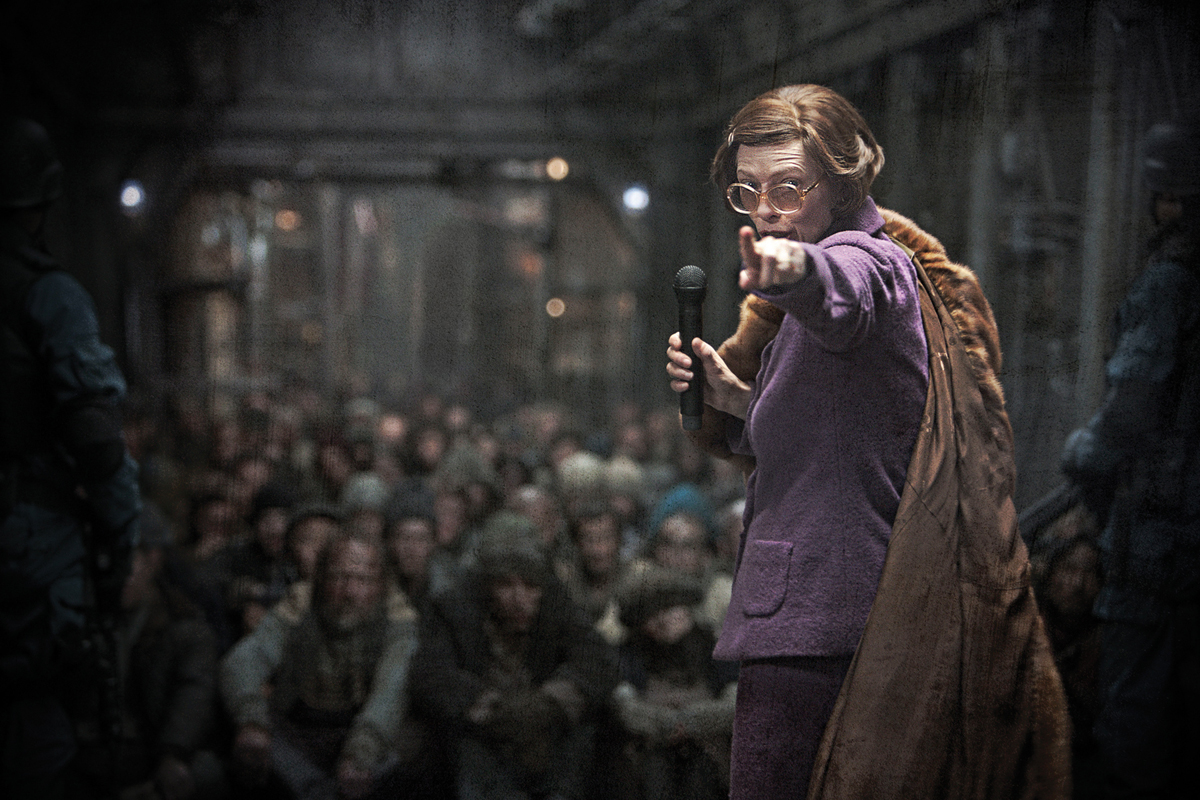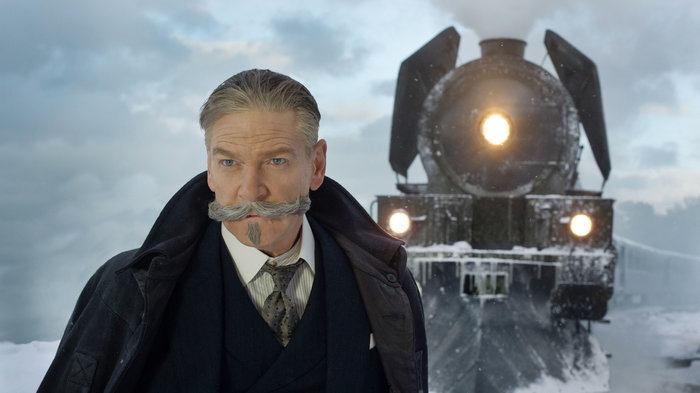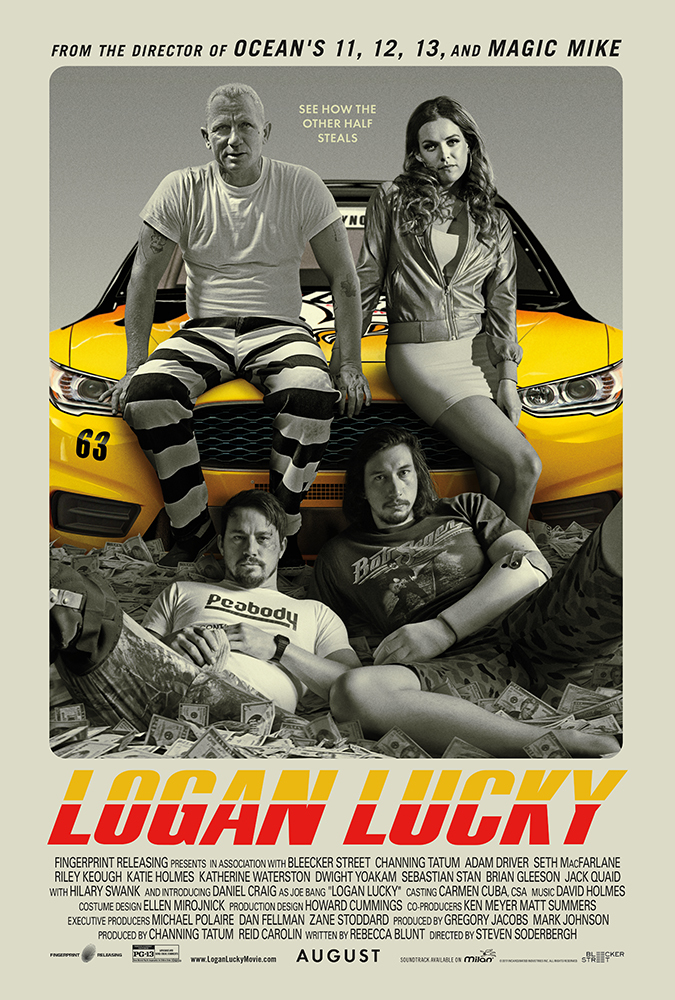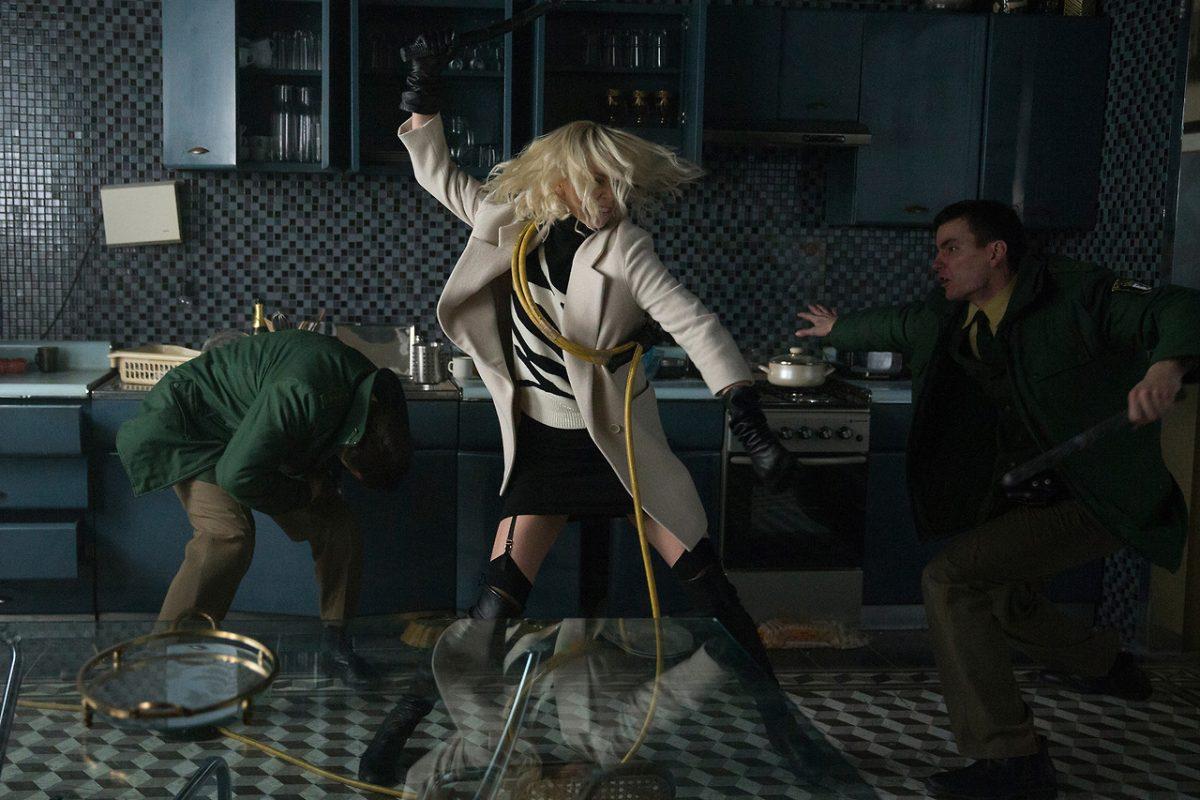It’s 2031 and Earth’s sole survivors are struggling to maintain a social balance aboard Snowpiercer, a self-sustaining bullet train that must keep its engine running to keep its passengers alive.
Based on the French graphic novel “Le Transperceneige” by Jacques Lob and Jean-Marc Rochette, the film focuses on the microcosmic class system that’s quickly formed on a self-sustaining train.
The poor inhabit the back end and wealth rises moving toward the front. The elusive and deified creator of the locomotive, Wilford, resides in the front coach with the equally glorified mother engine.
Director Joon-ho Bong, whose past films such as “Host” have also melded together movie tropes, takes the ever-growing genre of climate fiction and wraps it in an exciting, sleek and subtly styled film.
“Snowpiercer” moves at the same bullet speed as the train within the film, and viewers are pulled into the scenario almost immediately. It’s not hard to suspend disbelief considering the environmental circumstances within the film are not too far displaced from real-life anxieties over climate change.
The movie starts with a black screen and crackling audio, presumably from modern times. A man is hailing the discovery of a chemical that will undo the damage global warming has caused to the atmosphere. It’s considered a success, until the Earth freezes over.
Seventeen years later, the film closes in on Curtis (Chris Evans), a brooding, dark horse figure who lives among the poor in the back car of the train where resources are scarce. Passengers must eat a gelatinous, brown bar, referred to as protein blocks, to survive. Have a barf bag ready for when the main ingredient is revealed halfway through the film.
Along with Edgar (Jamie Bell) and wizened top cat Gilliam (John Hurt), Curtis plans an escape from the back car with the intent to overthrow Wilford and take control of the engine.
The film works on a thinly veiled allegory, and tinges of class struggle and wealth disparity ring true throughout.
A wicked scene where Tilda Swinton’s character, Mason, a loyal and slimy crony to the first class, coldly orders guards to torture a man stresses the unjust gap between the front and back-end passengers.
“Snowpiercer” is almost comical, if dark, considering viewers must entertain the nonsensical idea of sustaining a population on a train that never stops. But, the film offers biting commentary on the ideas of natural balance and confined space.
The film is violent at times, but Bong never indulges in violence for violence’s sake. Everything feels purposeful and justified.
It’s hard not to connect with this film almost immediately; the foundation of the narrative is something anyone can relate to, whether it’s the messages of class struggle or the dangers of climate change.
In a rare filmmaking feat, “Snowpiercer” balances substance and style to deliver one of the best science fiction films of the year.














